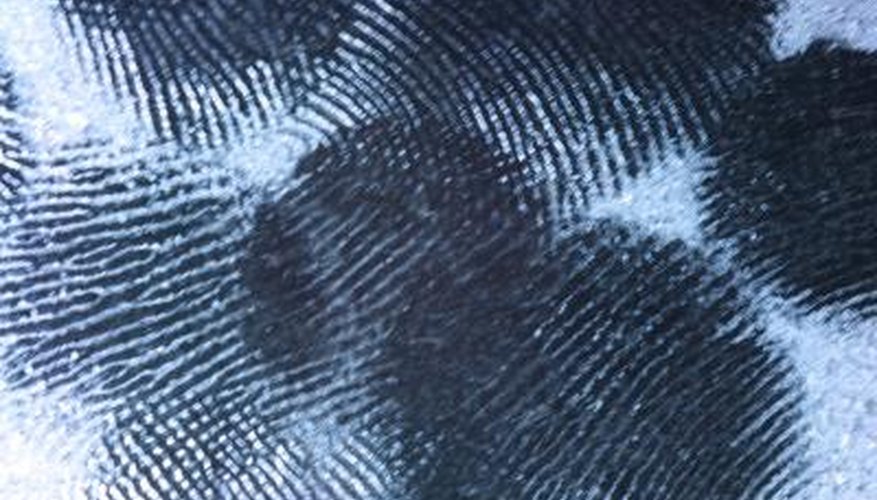Any smooth surface is liable to show fingerprints. Paper is particularly susceptible to fingerprints, as the paper fibres can absorb the oils and sweat from fingertips. Such "latent" prints can be left behind and found by investigators at the scene of a crime. Eradicating fingerprints on porous surfaces such as paper may be a bit tricky, but it is still possible to erase fingerprints from documents using a variety of techniques.
- Any smooth surface is liable to show fingerprints.
- Such "latent" prints can be left behind and found by investigators at the scene of a crime.
Purchase art gum from any art supply store. Gently rub over the fingerprinted spot back and forth. Use caution, because rubbing too hard will cause the paper to become thin.
Mix water and cornstarch together and carefully blot the fingerprints. Use water sparingly and mix in the cornstarch carefully. Too much water or cornstarch may ruin the paper quality. You may substitute dry borax for the cornstarch.
- Mix water and cornstarch together and carefully blot the fingerprints.
- You may substitute dry borax for the cornstarch.
Dab the fingerprints with a blotter sheet to absorb some of the oils (especially for very fresh prints). Use a working iron on the lowest heat setting on top of the blotter sheet. Iron with caution, as too much heat will destroy the paper.
Use a stale slice of bread to absorb dirt and fingerprints. Wipe the dust off the document with a cloth first, then cut off the bread crust. Rub the bread gently over the document.
